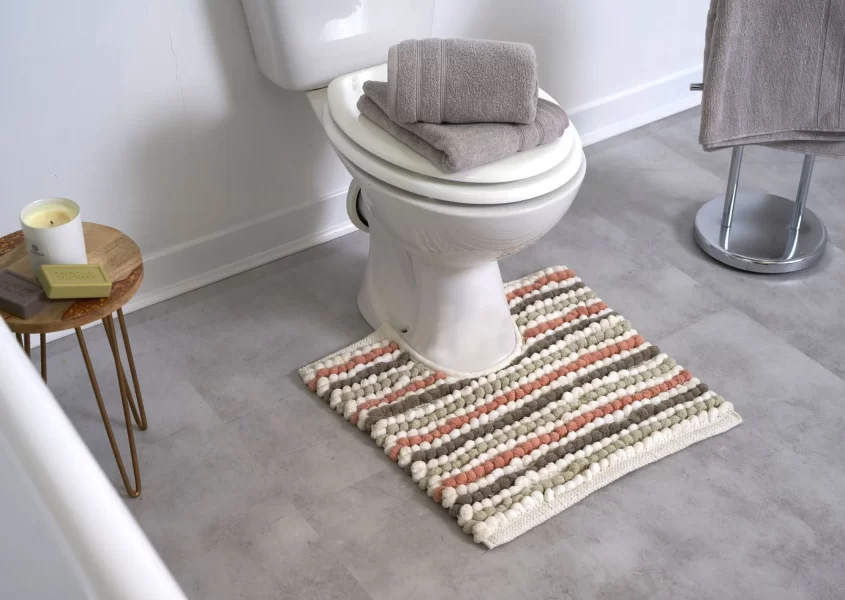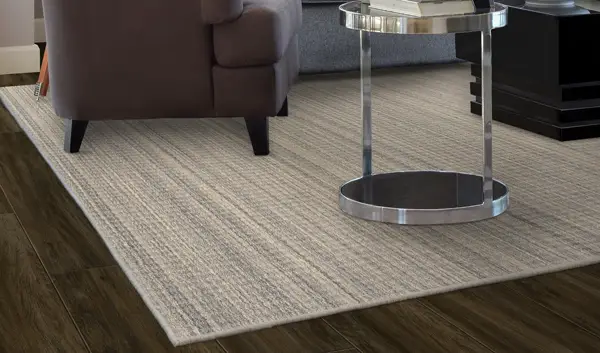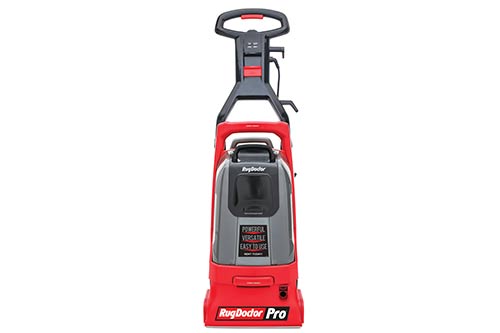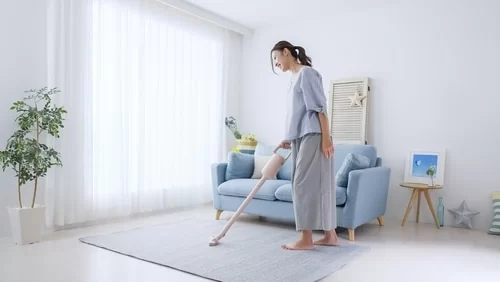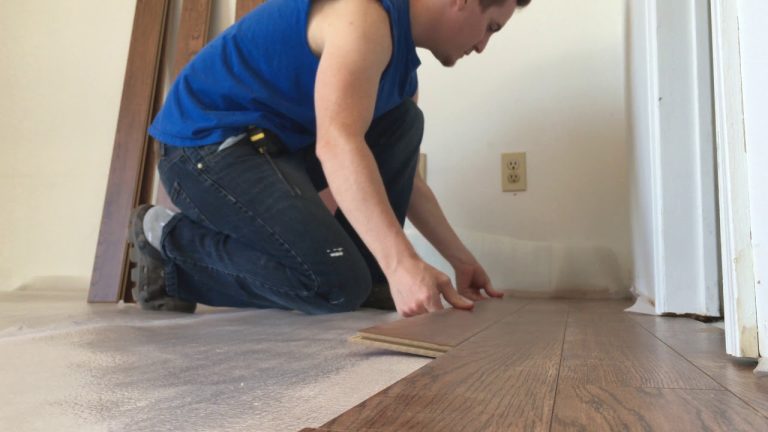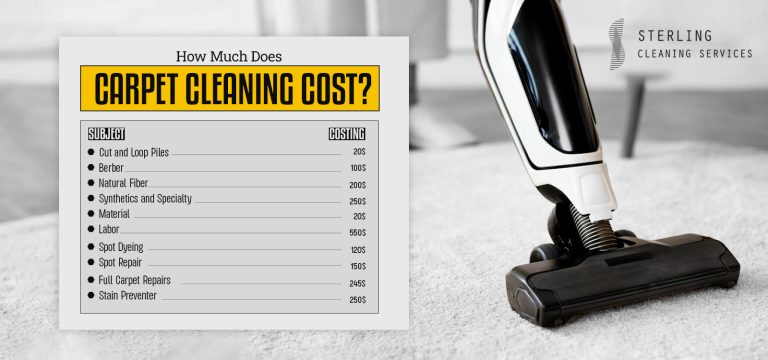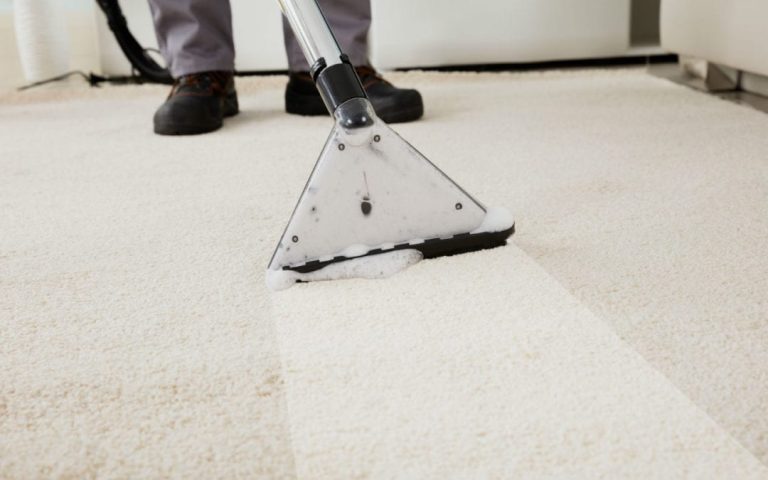What To Do When Your Toilet Overflows Onto Carpet
If your toilet overflows onto your carpet, don’t panic! While it can be a messy and time-consuming problem to clean up, there are steps you can take to minimize the damage and get the carpet cleaned up as quickly as possible. The most important thing to do is to turn off the water to the toilet so that the overflow stops. Then, use a wet vacuum to remove as much of the water and waste as you can. Next, use a carpet cleaner to remove any remaining stains and odors. Finally, let the carpet dry completely before walking on it to help minimize the chances of mold and mildew growing in the damp carpet. With a few simple steps, you can have your carpet looking as good as new in no time.
Assessing the Extent of Damage
When your toilet overflows onto the carpet, the first step is to assess the extent of the damage. First, it is important to determine how long the water has been soaking into the carpet. Generally, the longer the water sits, the more damage it can do, so it’s important to act quickly. If the water has already been sitting for a few hours, the damage to the carpet is likely more severe. Additionally, it is important to make sure that the water is not contaminated. If there is any suspicion of contamination, it is important to call a professional to handle the situation. It is also important to check the surrounding area to make sure that the water hasn’t seeped into other areas of the home such as the walls or flooring. Once the extent of the damage is assessed, it is important to act quickly to prevent further damage.
Shutting Off the Water Supply
When your toilet overflows onto the carpet, the first step is to shut off the water supply. This can be done by turning the knob located at the base of the toilet. It is important to act quickly to minimize the damage and the risk of flooding in other areas of the house. Toilet water can be very unsanitary, so it is best to avoid contact with it.
Once the water supply is shut off, it is important to identify the source of the problem. This can be done by checking for blockages or clogs in the toilet, pipes, and drains. If the clog is located in the toilet, it may need to be removed with a plunger or a plumbing snake. If the clog is further down the pipes, a professional plumber may be required to locate and remove it.
Finally, it is important to clean and disinfect the area thoroughly to prevent the growth of mold and bacteria. This includes removing any standing water, vacuuming up any water that has been absorbed into the carpet, and using a cleaning solution to disinfect the area and remove any odors. Taking these steps can help to minimize the damage caused by an overflowing toilet.
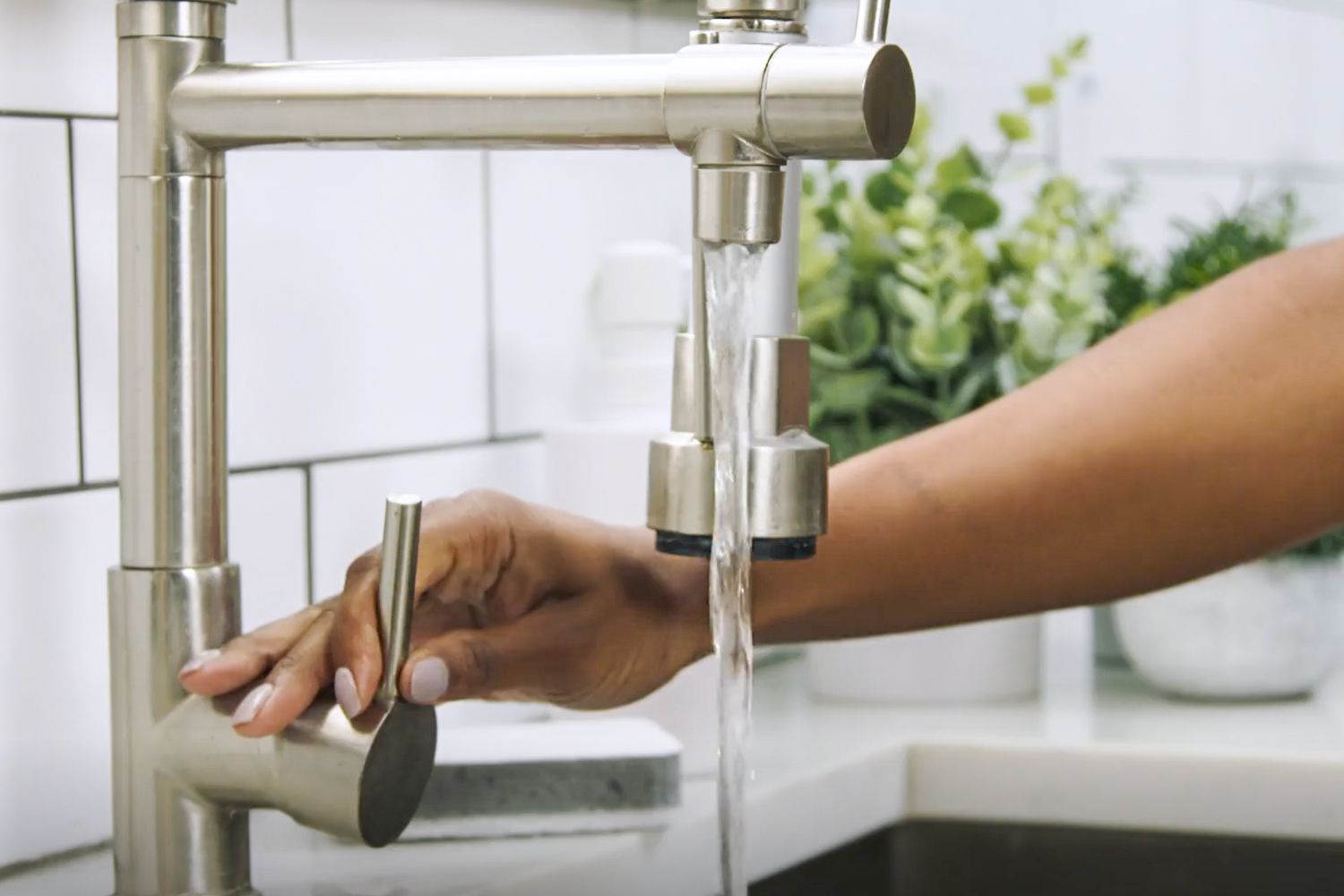
Credit: www.thespruce.com
Removing Excess Water
If you have experienced the dreaded and potentially costly nightmare of a toilet overflowing onto your carpet, the first thing you should do is remove the excess water as quickly as possible. Time is of the essence, so grab a mop or a wet/dry vac to suck up the standing water. If you don’t have one, you can also purchase a specialized water removal tool from your local hardware store. Make sure to use a shop vac or other high-powered vacuum to suck up the water, as regular vacuums can’t handle the job. Once the excess water has been removed, you can begin to assess the damage and take steps to prevent further damage.
Cleaning the Carpet and Padding
When your toilet overflows onto your carpet, the first step to take is to clean the carpet and padding. Start by suctioning up as much of the water as possible. Using a wet/dry vacuum, you can quickly remove the standing liquid, reducing the amount of damage that the water can cause. If you don’t have access to a wet/dry vacuum, absorb the water with towels or rags and then add a dehumidifier to the affected area to draw out any remaining moisture. Additionally, if you have access to a steam cleaner, you can use it to deep clean the affected area and ensure that all bacteria and dirt have been removed.
Once you have removed the water from the carpet and padding, you should then clean the padding with a mixture of water and a mild detergent. This will help to remove any stains or odors that may have lingered. Afterward, you should dry the padding with a fan or a dehumidifier. Once the padding is dry, you can replace the affected section with fresh padding and then vacuum the carpet to ensure that all of the dirt and debris have been removed.
By following these steps, you can help to minimize the damage caused by an overflowing toilet and restore your carpet to its original condition.
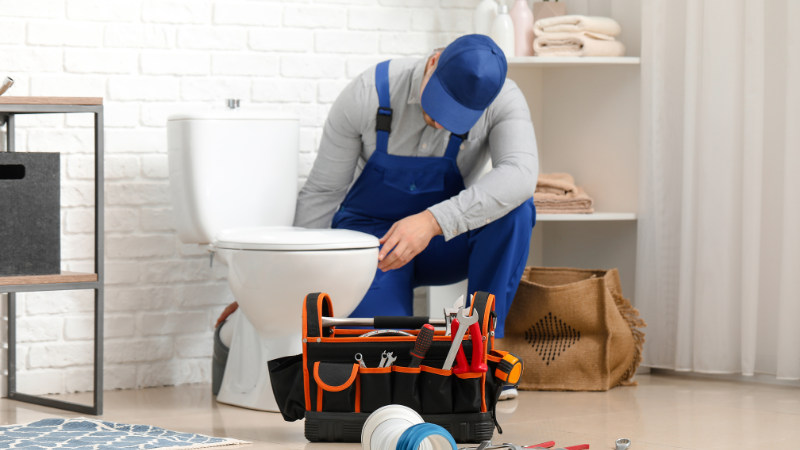
Cleaning and Sanitizing the Toilet
When a toilet overflows onto your carpet, it’s important to take action quickly to minimize the damage. The first step is to clean and sanitize the area. Start by disposing of all water and solid waste, as this can further contaminate the carpet. Then, clean the area with a cloth and use a cleaning solution that is effective against bacteria and other germs. Make sure to rinse the area thoroughly with clean water and dry it with a clean cloth. You may also want to use an antibacterial spray or powder to help kill any germs that may have been present in the water that overflowed from the toilet. After sanitizing, you need to assess any damage to your carpet and flooring and consider replacing them if needed.
Replacing the Toilet Padding
When a toilet overflows onto your carpet, the first thing to do is to turn off the water supply to the toilet to prevent further flooding. Then it is important to assess the damage and determine what needs to be done to resolve the issue. One of the most important steps in this process is to replace the padding that is used to protect the carpet from moisture and water damage.
Replacing the padding is a relatively straightforward process. First, remove the old padding, and then use a vacuum cleaner to remove any remaining debris and moisture from the carpet. Once the area is dry, measure and cut the new padding to size and then install it. Make sure to use an adhesive that is designed to hold the padding in place on the carpet. If the padding is not securely attached, it may not provide the protection needed to prevent future water damage.
Once the new padding is installed, the area should be left to dry before any further repairs or cleaning can be done. It is important to keep an eye on the area and make sure that the padding remains in place and is not damaged by any further water or moisture. If the padding is damaged or loose, it should be replaced again to ensure that the carpet is adequately protected from future water damage.
Preventing Future Toilet Overflows
The best way to prevent a toilet overflow is to stay alert and be proactive. There are several things to keep in mind to stop a toilet overflow from ever happening. First, be sure to check the toilet regularly for any signs of trouble. Look for any discolored water, strange smells, or suspicious noises. If these signs are present, it is best to turn off the water and call a professional plumber immediately.
It is also important to inspect the plumbing system for any blockages. This can be done by checking the toilet bowl, drain, and water pipes for any build-ups. Additionally, replace the wax seal that is located underneath the toilet every few years to prevent any water leakage.
Finally, when flushing the toilet, it is important to use only toilet paper. Avoid flushing anything that is not toilet paper, as this can cause a blockage and lead to an overflow. Knowing the signs of a potential overflow, inspecting the plumbing system, and avoiding flushing anything other than toilet paper can help prevent any future toilet overflows.
Seeking Professional Assistance
When a toilet overflows onto a carpet, it is important to seek professional assistance. This is because it can be difficult for an individual to clean up the mess and prevent further damage. The pipe might have a blockage or the water might be coming from somewhere else. Professional plumbers have the necessary tools and expertise to identify the issue and fix it quickly and efficiently. Additionally, these experts can also provide advice on how to prevent the problem from occurring again in the future. They can inspect the pipes, check the water pressure, and recommend any necessary repairs. Furthermore, if the problem is due to a blockage, plumbers can remove it safely. Ultimately, it is best to get professional help when dealing with an overflowing toilet as it is the safest and most effective solution.
FAQs About What To Do When Your Toilet Overflows Onto Carpet
1. What should I do if my toilet overflows onto my carpet?
Answer: Immediately turn off the water supply to the toilet and start to mop up the water. If the carpet is soaked, you may need to get a wet/dry vacuum to remove the excess water. Afterward, use a carpet cleaner to help remove any bacteria or stains.
2. What steps can I take to prevent a toilet overflow?
Answer: Preventing a toilet overflow is important to avoid a costly and messy cleanup. To do this, be sure to check your toilet’s water supply line for any clogs or leaks, and make sure the flapper valve is working properly. Additionally, avoid flushing items that don’t belong in the toilet, such as paper towels, feminine hygiene products, or cotton swabs.
3. How long should I wait before using the toilet again?
Answer: Before you use the toilet again, it’s important to make sure the water supply to the toilet is completely turned off. If the carpet is not completely dry, you may want to wait a few hours before flushing the toilet, to ensure that no more water will overflow onto the carpet.
Conclusion
When your toilet overflows onto the carpet, it is important to act quickly and efficiently to contain the mess and avoid further damage. First, shut off the water supply to the toilet, then remove any standing water with a mop, bucket, or shop vacuum. If the water has soaked through to the carpet padding, you may need to cut out and replace the affected area of the carpet and padding. After the mess is cleaned up, it’s important to disinfect the affected area with a bleach and water solution to avoid the growth of mold and mildew. Following these steps should help prevent further damage and restore your toilet and carpet to its original condition.

